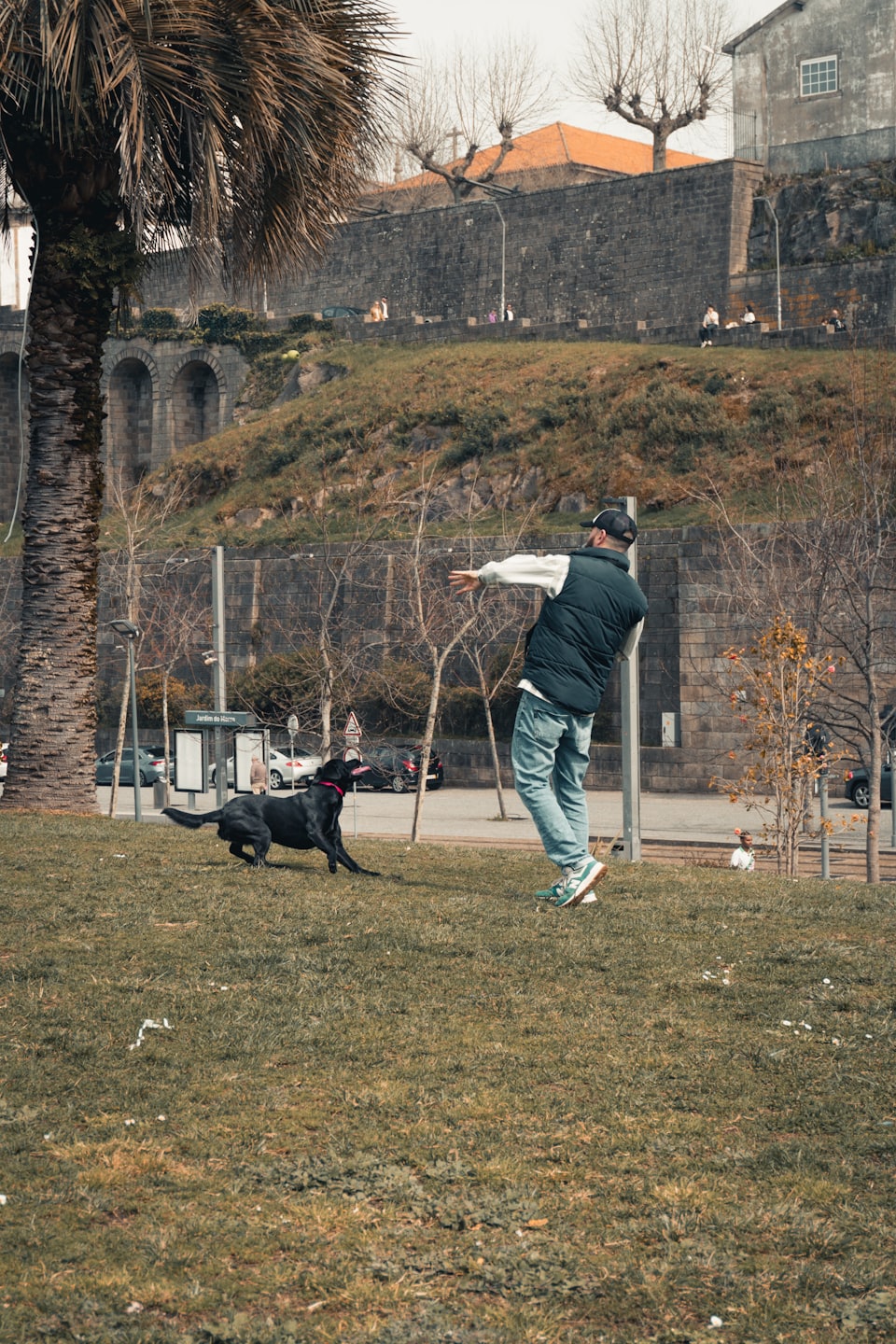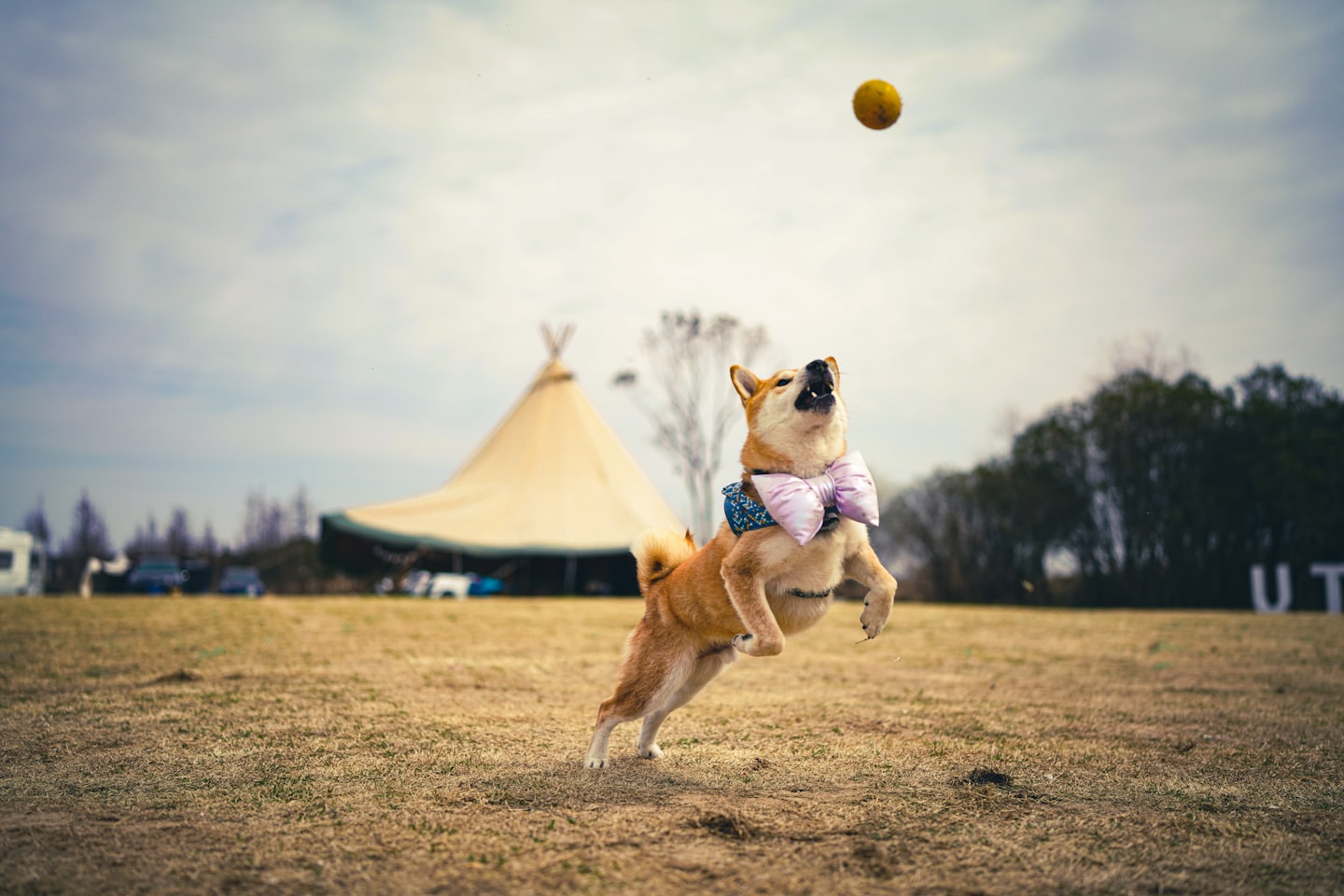Introduction: Importance of Confidence in Performing Dogs
Confidence is a vital quality for any dog involved in performing arts, be it agility, obedience, or other canine sports. A confident dog approaches challenges with enthusiasm, focus, and joy, which greatly improves their performance and the overall experience for both dog and handler.
Building confidence helps dogs overcome fear, uncertainty, and distractions, enabling them to perform reliably in various settings. For trainers and handlers, guiding a dog toward greater confidence means nurturing not only skills but also a positive mindset, trust, and a strong bond.
Understanding Confidence in Dogs
Confidence in dogs is their belief in their ability to succeed and handle different situations. It goes beyond simple obedience—it’s about feeling secure enough to explore, try new behaviors, and recover from mistakes without stress.
Confident dogs show curiosity, eagerness, and a willingness to engage with the world around them.
Signs of Confidence and Lack Thereof in Dogs
Recognizing whether a dog is confident helps trainers know how to proceed effectively.
Signs of confidence:
- Relaxed body posture
- Soft, bright eyes
- Wagging tail in a natural way
- Focused attention on the trainer or task
- Eagerness to participate and try new things
Signs of low confidence:
- Yawning, lip licking, or turning away (signs of stress)
- Freezing or hesitation
- Avoidance behaviors such as hiding or cowering
- Excessive barking or reactive behavior toward new stimuli
Understanding these signals allows handlers to adjust training techniques to support the dog’s comfort and confidence.
Benefits of Confidence in Performing Dogs
Confidence brings many benefits:
- Better focus and engagement during training and performance
- Faster learning and retention of new skills
- Reduced anxiety in unfamiliar or distracting environments
- Quicker recovery from mistakes or setbacks
- Stronger bond and communication between dog and handler
Confident dogs tend to enjoy their work more, leading to higher motivation and enthusiasm.
Foundations for Building Confidence
Before building confidence, it’s crucial to create a solid foundation of trust and clear communication. Dogs learn best when they feel safe, understood, and supported. This foundation includes consistent routines, gentle handling, and positive reinforcement.
Positive Reinforcement and Reward-Based Training
Building confidence relies heavily on reward-based training. Positive reinforcement—praising effort and rewarding successes—encourages dogs to repeat desired behaviors. Instead of focusing on perfection, celebrate small progress to keep dogs motivated and confident.
Short, fun training sessions that end positively are more effective than long, repetitive drills that can cause frustration. Reward different levels of progress, such as a dog approaching a new obstacle or following a command most of the time.
Creating Predictability and Routine
Dogs thrive on predictability. Having a set routine for walks, meals, training, and playtimes provides structure that builds security. Knowing what to expect helps reduce anxiety and supports confidence by creating a calm mindset ready for learning and performing.
Using Clear Communication and Reading Dog Signals
Effective training depends on clear communication. Use consistent cues, gestures, and voice tones so the dog understands what’s expected. Pay close attention to the dog’s body language and adjust training when signs of confusion or stress appear.
For example, if a dog yawns or turns away, it’s a sign to pause or reduce difficulty. When the dog shows relaxed posture and focus, the session can continue or become more challenging.
Fun Confidence-Building Games and Exercises
Incorporating play and games can make confidence-building enjoyable and engaging.
Examples include:
- Treat Diving: Hide treats in safe containers and encourage the dog to find them, sparking curiosity and enthusiasm.
- Obstacle Navigation: Start with simple obstacles and gradually increase complexity as confidence grows.
- Natural Play: Observe what type of play the dog enjoys and use this to foster positive associations and excitement in training.
Short, frequent play sessions build joy and confidence, especially when held in safe, slip-proof areas.
Gradual Exposure to Challenges and Distractions
Skill-building and confidence go hand-in-hand with introducing challenges. Start with low-level distractions and easy challenges to help the dog succeed. Gradually increase difficulty to build clarity and resilience.
Examples:
- Practicing commands with mild background noise before moving to busy environments
- Adding more complex behaviors step-by-step rather than all at once
- Introducing new environments slowly, allowing the dog to acclimate
Each new challenge overcome builds clarity, competence, and confidence.


Handling Mistakes and Avoiding Frustration
Mistakes are a natural part of learning. Confident dogs learn to recover quickly without stress. Trainers should create an environment where mistakes don’t lead to harsh corrections but to encouragement and chances to try again.
Avoid pushing a dog too hard, which causes frustration and loss of confidence. Break difficult tasks into smaller parts and celebrate small wins.
Strengthening the Human-Dog Bond
Confidence flourishes in a trusting relationship. A strong bond between dog and handler creates security and motivation. Spend quality time daily with positive interactions, consistent leadership, and loving attention. Knowing the handler is supportive and reliable gives the dog courage to face challenges.
Confidence in Various Performance Settings
Performing dogs must adapt confidence to different settings, including sporting events, trials, and new locations.
Prepare the dog by:
- Training in varied environments
- Using mock performances or trial runs
- Introducing elements like crowds, sounds, and other animals gradually
- Maintaining positive reinforcement and calm demeanor in all settings
This preparation prevents overwhelm and helps the dog stay focused and enthusiastic.
Role of the Trainer’s Attitude in Dog Confidence
The handler’s attitude impacts a dog’s confidence greatly. Calm, positive, and patient handlers help dogs trust and feel secure. Nervous or frustrated handlers can transmit stress to the dog. Practicing mindfulness and maintaining a relaxed energy during training fosters a confident canine partner.
Useful Tips Summary Table
| Tip | How It Builds Confidence | Practical Example |
| Use Positive Reinforcement | Encourages effort and builds joy | Praise and treat for small progress |
| Keep Routine Predictable | Provides security | Regular training times and environments |
| Read Dog’s Signals | Prevents frustration and stress | Pause if dog shows stress signs |
| Introduce Challenges Slowly | Builds resilience | Gradually increase distractions and complexity |
| Play Confidence Games | Sparks enthusiasm | Treat diving and natural play |
| Encourage Recovery from Mistakes | Builds resilience and confidence | Calmly repeat tasks after errors |
| Strengthen Human-Dog Bond | Increases trust and security | Daily quality time and positive interaction |
| Train in Various Settings | Prepares dog for real performance | Practice with distractions or crowds |
| Maintain Positive Attitude | Supports dog’s emotional state | Stay calm and patient during training |
Conclusion
Building confidence in performing dogs is a rewarding journey that requires patience, consistency, and a positive approach. Confident dogs greet challenges with joy, focus, and resilience, making their performing experience successful and enjoyable.
Key steps include using reward-based training, creating routine, carefully reading signs, introducing challenges gradually, and fostering a strong, trusting bond.
Handlers who invest in building confidence not only improve their dogs’ performance but also deepen their unique relationship. This foundation of trust and enthusiasm paves the way for lifelong learning and joyful partnership in all forms of canine performance.
For More Details Visit Talent Dogs

![Building Confidence in Performing Dogs with Talent Dogs [Tips]](https://talentdogs.com/wp-content/uploads/2025/09/featured-image-4.jpg)
Leave a Reply